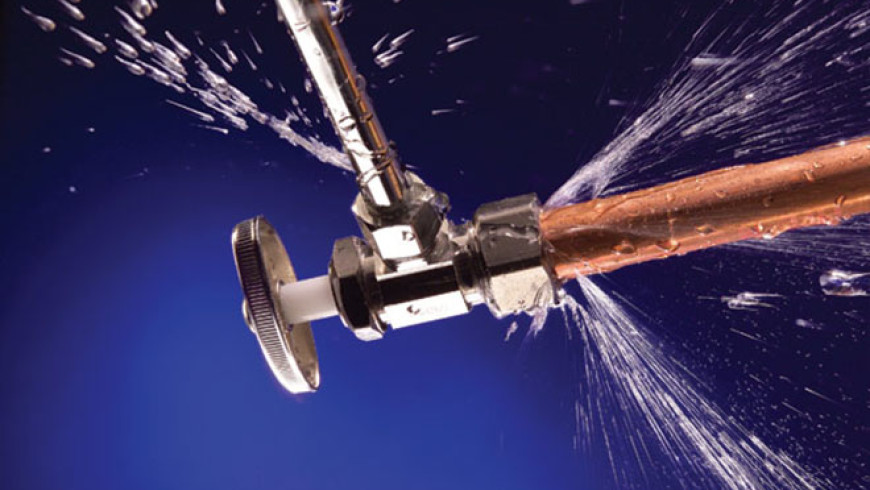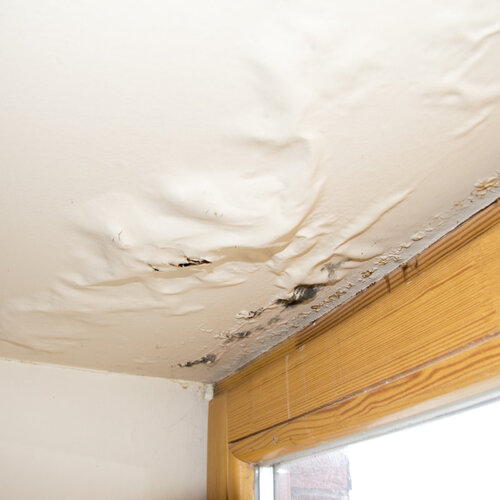Your Residential Primary Frequent Water Leak Causes: Analysis
Your Residential Primary Frequent Water Leak Causes: Analysis
Blog Article
They are making several good pointers relating to Most Common Causes of Leaky Pipes as a whole in this article followed below.

Leakages not only create waste of water but can likewise create unnecessary damages to your house and advertise undesirable organic development. Regrettably, water leaks may go undetected given that most of the pipework in our house is concealed. By looking and understanding for everyday scenarios that cause leaks, you can shield your home from future leaks and unneeded damage. Today, we will certainly consider six leakage causes that might be causing your pipelines to drip.
Instant temperature level adjustments.
Extreme temperature level modifications in our pipes can cause them to expand and also get unexpectedly. This growth as well as contraction might trigger fractures in the pipelines, particularly if the temperature are listed below freezing.
Rusty water systems
This may be the reason of staining or bending on your water pipes. If our plumbing system is old, consider changing the pipelines considering that they are at a greater risk of deterioration than the more recent models.
Defective Pipe Joints
The point at which your pipelines link is often the weakest web link in the waterline. Pipeline joints can deteriorate in time, causing water leakages. Unfortunately, most of pipeline joints are not quickly noticeable. If you have loud pipes that make ticking or banging noises, particularly when the warm water is switched on, your pipe joints are most likely under a lot of pressure. It is advisable to have your plumber check your system once a year.
Elbowing in roots
The majority of water leakages start outside the house rather than inside it. If you see an unexpected decrease in water stress, say in your tap, require time to go out and examine your lawn. You may observe damp spots or sinkholes in your yard, which may imply that tree roots are attacking water lines causing water to seep out. You can have your plumber look for intrusion, especially if you have trees or bushes near your building.
Poor Water Connectors
At times, a leak can be triggered by loosened hoses and pipes that supply your devices. In instance of a water links leakage, you may observe water running straight from the supply line or puddles around your devices.
Blocked Drains
Blocked drains pipes might be aggravating and also inconveniencing, but they can sometimes wind up causing an overflow resulting in break pipes. Keep eliminating any materials that may decrease your drains pipes that might obstruct them to avoid such inconveniences.
All the above are causes of leaks however not all water leakages result from plumbing leaks; some leaks could originate from roofing system leakages. All leaks ought to be fixed instantly to stay clear of water damages.
Leaks not only trigger waste of water but can additionally create unneeded damage to your house as well as promote unwanted organic growth. By recognizing and also looking for day-to-day situations that trigger leakages, you can secure your house from future leakages as well as unneeded damage. Today, we will certainly look at 6 leak causes that might be triggering your pipes to drip.
At times, a leakage can be caused by loose hose pipes and also pipelines that supply your home appliances. In case of a water connections leak, you may notice water running straight from the supply line or pools around your home appliances.
How To Check For Water Leak In Your Home
How To Check for Leaks
The average household's leaks can account for nearly 10,000 gallons of water wasted every year and ten percent of homes have leaks that waste 90 gallons or more per day. Common types of leaks found in the home are worn toilet flappers, dripping faucets, and other leaking valves. These types of leaks are often easy to fix, requiring only a few tools and hardware that can pay for themselves in water savings. Fixing easily corrected household water leaks can save homeowners about 10 percent on their water bills.
To check for leaks in your home, you first need to determine whether you're wasting water and then identify the source of the leak. Here are some tips for finding leaks:
Take a look at your water usage during a colder month, such as January or February. If a family of four exceeds 12,000 gallons per month, there are serious leaks.
Check your water meter before and after a two-hour period when no water is being used. If the meter changes at all, you probably have a leak.
Identify toilet leaks by placing a drop of food coloring in the toilet tank. If any color shows up in the bowl after 10 minutes, you have a leak. (Be sure to flush immediately after the experiment to avoid staining the tank.)
Examine faucet gaskets and pipe fittings for any water on the outside of the pipe to check for surface leaks.
Undetected water leaks can happen without the home or business owner even realizing. If you suspect a water leak, but not able to find the source. It is time to contact a professional water leak detection service, The Leak Doctor.
How To Find a Water Leak In Your Home
https://www.leakdoctor.com/blog/How-To-Check-For-Water-Leak-In-Your-Home_AE197.html

I hope you liked our topic about How to detect water leaks in your home. Thank you so much for taking time to browse our short article. Sharing is nice. Helping people is fun. We treasure reading our article about How to Find Water Leaks.
Expert plumbing diagnostics and repair. Report this page